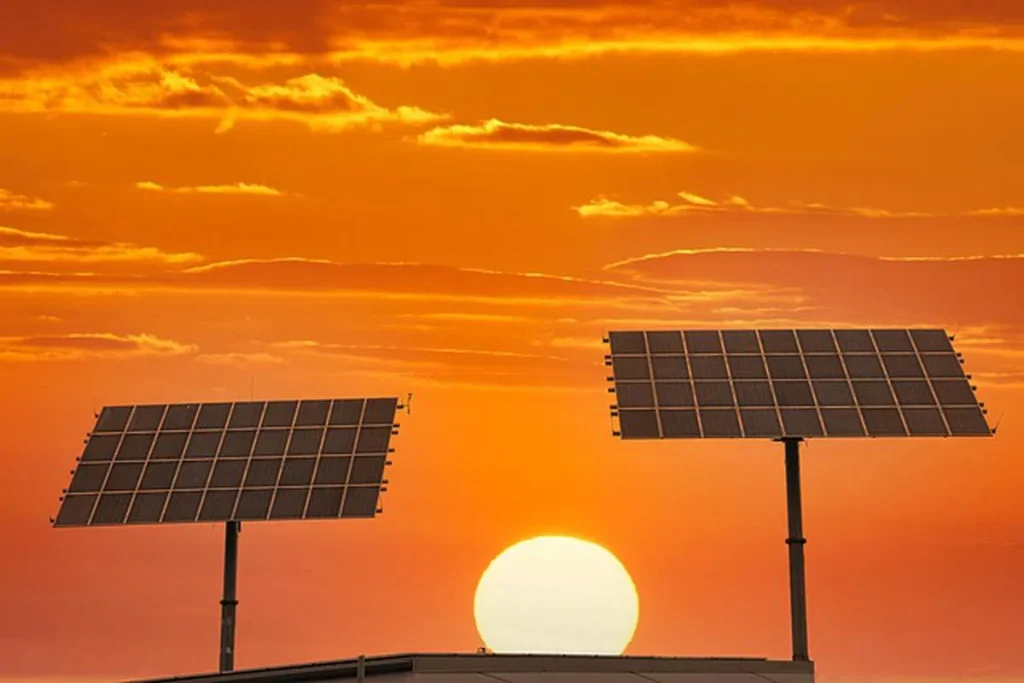[SINGAPORE] The US has slashed its semiconductor imports from South-east Asia, with shipments from Cambodia, Thailand, Vietnam and Malaysia plunging over the past year amid a widening crackdown on trade circumvention, based on three-year trade data up to February 2025.
Shipments are expected to slump further with the recently unveiled tariffs of up to 3,521 per cent on solar imports, threatening to further squeeze the four South-east Asian countries.
The best-case scenario for the Asean countries would be exporting more to the European Union as Europe builds up its technology ecosystem. They could also increase flows to China as demand for chips to power the artificial intelligence (AI) boom continues to grow.
Up to February
Vietnam – long the US’ largest supplier – retains its top spot with a 24 per cent market share.
A NEWSLETTER FOR YOU

Friday, 8.30 am
Asean Business
Business insights centering on South-east Asia’s fast-growing economies.

Cambodia, Malaysia, Thailand and Vietnam supplied more than 80 per cent of US solar photovoltaic imports in the first half of 2024. This fell significantly after the Biden administration allowed a two-year waiver on duties for some solar components to expire in June 2024, while concurrently promoting US’ domestic solar manufacturing capabilities.
This, in addition to the preliminary levels of tariffs on the four countries that have been in force since last October, has deterred US imports.
A longstanding concern of US solar manufacturers has been the excessively cheap solar imports from Chinese-owned manufacturers in South-east Asia that circumvented the US tariffs imposed on Chinese-made solar components, highlighted OCBC’s environmental, social and governance analyst Ong Shu Yi in a note last Thursday (Apr 24).
The Trump administration finalised new anti-dumping duty and countervailing duty (CVD) rates in April on most solar imports from the four major suppliers in Asean, setting CVD rates as high as 3,403.96 per cent for solar imports from Cambodia.
Indonesia and Laos buck the decline but their advantage may not last
Amid the slump in Asean, only Indonesia and Laos bucked the trend, recording increases in US demand for semiconductor and solar-related components from the region.
This reflected “additional capacity” which US importers were able to tap on to meet orders that were originally slated for the four tariffed countries, noted Sheana Yue, economist at Oxford Economics.
It could be led by Chinese-owned solar manufacturers that want to export to the US relocating to Indonesia and Laos, which are among the countries not currently subject to the duties.
However, as the US government continues scrutinising the manufacturers to see if they originate in China, this approach might not be a long-term solution, warned market watchers.
“For any other country that sees an uptick in exports to the US in solar panels, Washington will suspect transhipment,” said Alexander Capri, senior lecturer at the National University of Singapore (NUS) Business School.
“Washington will continue to scrutinise them for ‘Made-by-China’ operations, meaning China has shifted assembly but all core components and value are of China-origin, and, thus, they will be at risk for escalating tariffs,” Capri added.
Continued chilling effect on Asean exports
The anti-dumping investigation and subsequent tariffs highlight Washington’s push to raise domestic semiconductor output and curb reliance on foreign supplies.
Overall, US imports of semiconductor-related goods from all trading partners dropped 21 per cent year on year between March 2024 and February 2025, based on the data from Trade Data Monitor.
Even Singapore – though not a key supplier of electronic materials – was not spared, with its exports to the US falling by 60 per cent over the same period.
The newly implemented tariffs on solar components will continue to have a chilling effect on exports from Asean countries, noted Capri.
What’s next for Asean?
South-east Asia has benefited from supply-chain diversification in recent years, such as amid businesses’ China-plus-one strategy.
However, the Asean countries, as the China-plus-one destinations, are subject to higher duty rates if they are seen as proxy export-platforms for Chinese-made products.
“To escape this tariff trap, Asean countries would need to source more inputs such as materials and components locally,” said NUS’ Capri, adding that Asean could decouple its supply chains from China and turn to India instead.
“(The Asean countries) could also see increased flows to the EU, as Europe looks to kickstart its own regional technology ecosystem,” he noted.
Atul Chandna, EY Asia-Pacific supply chain leader, said that companies should look at adopting multi-country sourcing strategies within the region, combining operations across markets to manage future disruptions and de-risk their supply chains.
He highlighted that South-east Asia, while facing challenges in scaling up high-end semiconductor fabrication capacity, would risk losing future investments in high-value semiconductor, data centre, and clean energy projects, as industry players seek out more tariff-stable operating environments.
“The window for South-east Asia to reposition itself as an innovation and advanced manufacturing hub is narrow, and those (that) delay transformation and investment in localised capabilities risk being left behind in the next wave of global supply-chain shifts,” he added.
Oxford Economic’s Yue, shared the notion that semiconductor companies may choose to set up new facilities in the US or “safer” economies in Latin America.
“This would erode Asean’s share in the global market in the long term,” she said, forecasting a slowdown in investment growth in Asean from 5 per cent in 2024 to 3.7 per cent in 2025 amid trade tensions.
However, for the high-end semiconductor facilities, especially those producing AI chips in the region, the future is not as bleak.
Yue noted that such facilities could continue to operate for sales to China where demand for AI chips is also growing.
Additionally, she said, Asean’s role in the global semiconductor supply chain will not be quickly replaced, given that a sizeable share of AI chip imports to the US is still produced within the region.
“These would typically require high-end and expensive equipment and facilities which are not easily or cheaply relocated between geographies and will take several years to build.”


